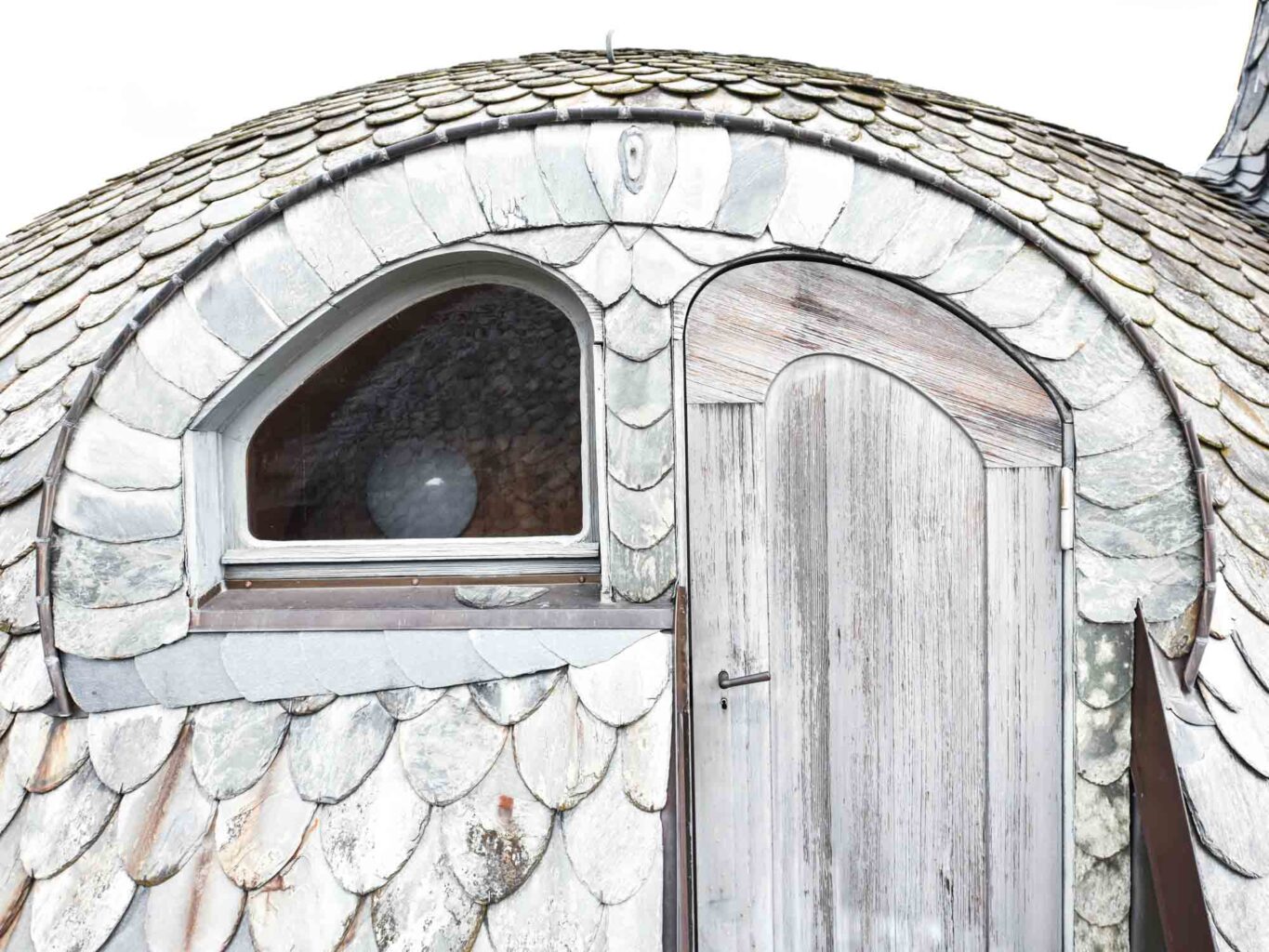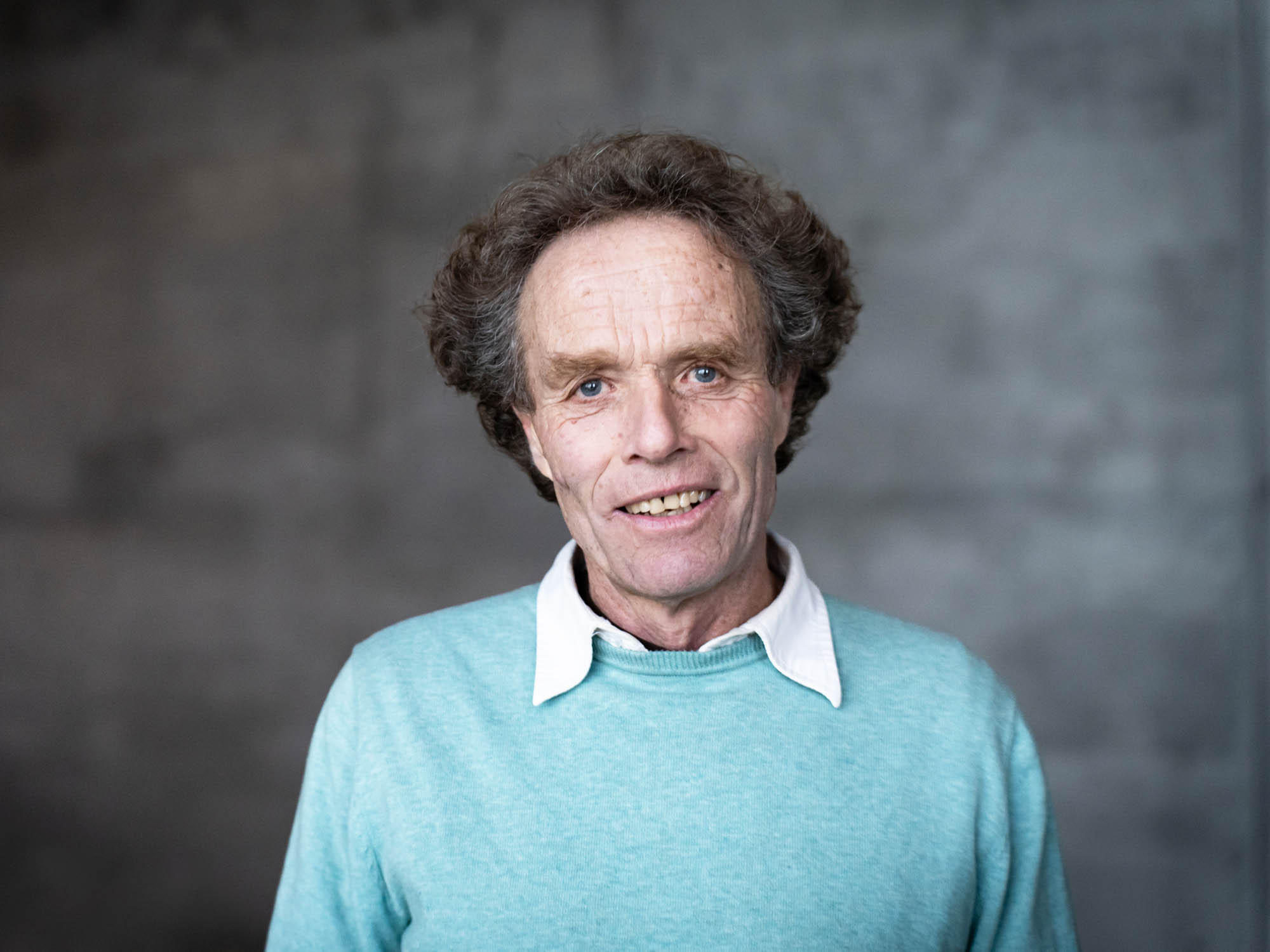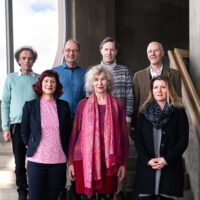For 35 years, Johannes Wirz supported and significantly shaped the work at the Research Institute at the Goetheanum. With his profound knowledge of modern biology, he was able to show that Goethe’s outline of a theory of organic nature was not a critique but an extension of basic biological research.1 A person, then, who builds bridges regarding the scientific nature of anthroposophy.
The burning question of what life is initially led Johannes Wirz to study molecular biology at the University of Basel. This relatively young scientific discipline promised to unlock the secrets of the development of organisms. In his working group under Walter Gehring, he was involved in groundbreaking discoveries in the 1980s. From his own experimental work, Johannes knew that the understandings from these discoveries could only be come to if the organism was already presupposed to be living. They show how life functions. But his burning question was not addressed.
At the Natural Science Section at the Goetheanum, on the other hand, he found an attitude to knowledge that shared his search for a greater context of meaning. Jochen Bockemühl did not want to miss the opportunity to bring such a promising scientist to the Research Institute and offered Johannes a postdoc position. A fortuitous move, because from then on, the latter proved to be a tireless collaborator who was able to translate the language of modern biology in an understandable way and show that molecular developmental genetics has reached a point where the central question of how genes determine developmental processes must be formulated in reverse: how are the genes necessary for development recruited, and who assigns them their biological task? The relationship between condition and consequence, cause and effect, is reversed: genes are not causes, they are rather called up and integrated by the organism as conditions during the development of its form. Johannes was able to convincingly communicate that Goethe’s idea of the type, of the ‹inner nature› inherent in every living being as a regulating instance, explains the results of molecular biology more comprehensively than the standard theory that genes alone determine the constitution and evolution of organisms.
Network and Bridge to the Science World
Despite his balancing act between extensive work at the Institute and great commitment to his family with three small children, Johannes contributed significantly in the 1990s to the founding of a network of scientists, physicians, and philosophers who joined together to form an international forum (If gene) for the development of perspectives on and public awareness of genetic engineering. The endeavour of the working group culminated in three international conferences, the first of which – ‹The Future of DNA› – brought numerous distinguished scientists from the English-speaking world to the Goetheanum in 1996.

In his own experimental research, Johannes focused on the relationship between organisms and their environment. «Steps towards the development of a new approach in developmental biology»2 were investigated using the grass frog as an example, and he illustrated the diverse interactions of animals with their habitats with Daniel Kuster, for example, using butterfly populations.3 In experiments on the transmission of acquired traits with fruit flies, he was able to prove his – now widely accepted – thesis that the concept of adaptive mutation is a necessary complement to the theory of random variation in evolution.4
Johannes demonstrated his great skill in the design of projects and research proposals from 1999 onwards in a comprehensive collaborative project to study transgenic plants. Together with Ruth Richter, it was possible, in comparisons of morphology and developmental dynamics, to statistically validate numerous unintended changes in plants with different genetic constructs.5 It was revealed that plants do not react to the insertion of a gene with a specific trait, but interpret the intervention in their overall shape formation. As a project leader, Johannes demonstrated his unwavering sense of transparency and equity by ensuring that the work of everyone involved was recognised with the same income.
Crucial Engagement
Countless articles and lectures, integrating highly topical as well as historical work into the perspective of Goethean biology, are testimony to his creative work ethic. Together with Johannes Kühl, he played a leading role in the Institute’s management for many years with his innovative skills in the conception of conferences and projects and in the acquisition of funds. After Georg Maier, he took over the editorship of ‹Elemente der Naturwissenschaft› for almost 20 years and stimulated the desire to read the journal with his original thinking in the editorials. In 2020 he took over the Section leadership together with Matthias Rang and in the Goetheanum Leadership enriched many an anthroposophical concept with unexpected facets through original thought-provoking impulses. In his last years as a beekeeper, he put into practice the combination of the practical orientation towards the object of research with meditative inner contemplation. From the bees, he learned that the future of humanity and the earth depends essentially on social coexistence. Such knowledge feeds into his introductory courses on keeping bees in a manner appropriate to their nature, which he will continue to do, as well as research into bee health.
We would like to express our heartfelt thanks for his tireless, often self-sacrificing commitment! And we hope that he will continue to accompany the concerns of the Natural Science Section with his special ability: to rethink natural science in the light of anthroposophical concepts – and vice versa!
Translation Christian von Arnim
Title image Johannes Wirz. Photo: Xue Li
Footnotes
- In Heusser, P (Ed) 2000: Typusidee und Genetik, p. 315.
- See EdN 53, 1990, p. 3-21.
- EdN 77, 2002: Bewegte Bilder – Bedeutungswelt zweier Schmetterlingsarten, p. 55-78.
- See EdN 64, 1996: Schritte zur Komplementarität in der Genetik, p. 37-52 and Footnote 1.
- See EdN 95, 2011: Unintended phenotypic effects of single gene insertions in potatoes, p. 9-24.





